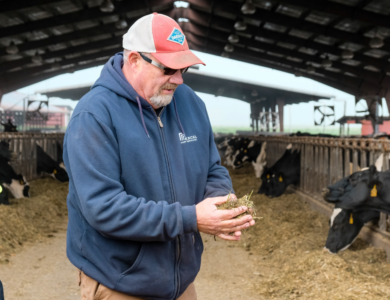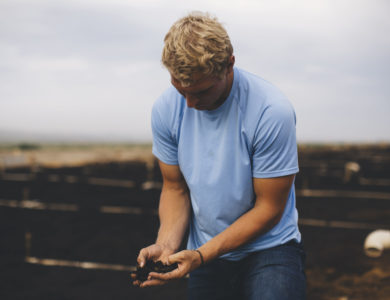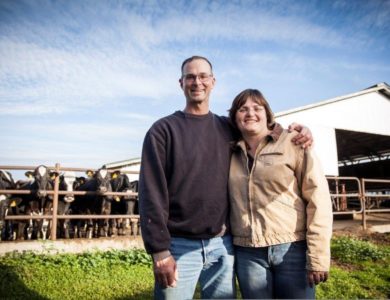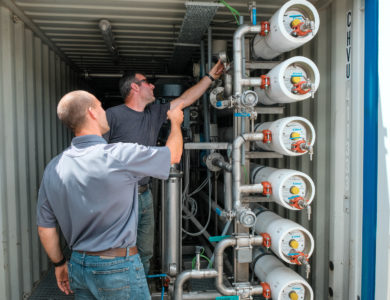Environmental Leadership
Neutralizing Greenhouse Gas Emissions
Darigold and the Northwest Dairy Association (NDA) recently pledged to neutralize our greenhouse gas emissions by 2050. By investing in renewable energy technologies and energy efficiency programs, promoting farm-level carbon sequestration projects, and modernizing our processing and transportation network, our Northwest farmer-owned cooperative is determined to offset the greenhouse gas emissions of our entire enterprise — from farm to consumer product.
Our goal aligns with those set in 2020 by the Innovation Center for U.S. Dairy for the entire U.S. dairy sector to collectively reach greenhouse gas neutrality by 2050, while also optimizing water usage and improving water quality. These goals build on a decades-long commitment to producing wholesome nutrition for a growing global population in a way that is both economically viable and socially responsible.
-
Dairy Stewardship Commitment
Darigold and the Northwest Dairy Association are founding members and signatories of the U.S. Dairy Stewardship Commitment affirming to our customers, our consumers and the global marketplace Darigold’s pledge to responsible dairy production as we nourish the communities we serve. This commitment is aligned with U.N. sustainability goals and global sustainability initiatives.
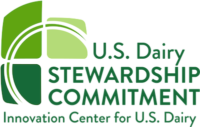
-
National F.A.R.M. Program
NDA is setting a path towards continuous improvement by incorporating the Environmental Stewardship (ES) module of the Farmers Assuring Responsible Management (FARM) program to help members assess their farms’ carbon & energy footprint.
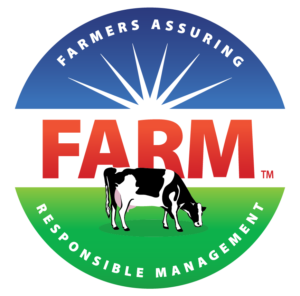
-
Reductions in Dairy's Environmental Impact
Sustainability is a journey, not a destination. U.S. dairy farmers have taken huge strides to reduce their overall environmental impact. To date, the adoption of modern innovations and cutting-edge farm practices, has resulted in the following;
- A 90% reduction since the 1940’s in cropland required to feed herds;
-
A 76% reduction of manure per gallon of milk produced by each cow and a 63% reduction in carbon emissions than in 1944;
-
A 65% reduction in water use per gallon of milk, thanks to innovative reuse and conservation strategies.
Over a 10-year period from 2007 to 2017, U.S. dairy farmers used 30% less water, 21% less land and produced 19% fewer greenhouse gas emissions to produce a gallon of milk, according to a study published this year in the Journal of Animal Science.
-
Farm Level Leadership
NDA farmers have received widespread recognition for their environmental leadership, winning five of the last eight U.S. Dairy Sustainability Awards for leading edge innovations. Here are a few examples of other best practices implemented across NDA farms:
- Each NDA member farm in Washington, Oregon and Idaho has a Nutrient Management Plan.
- Farms are designed to conserve and reuse water multiple times.
- Manure is composted and dried to be used as a natural fertilizer and soil amendment.

